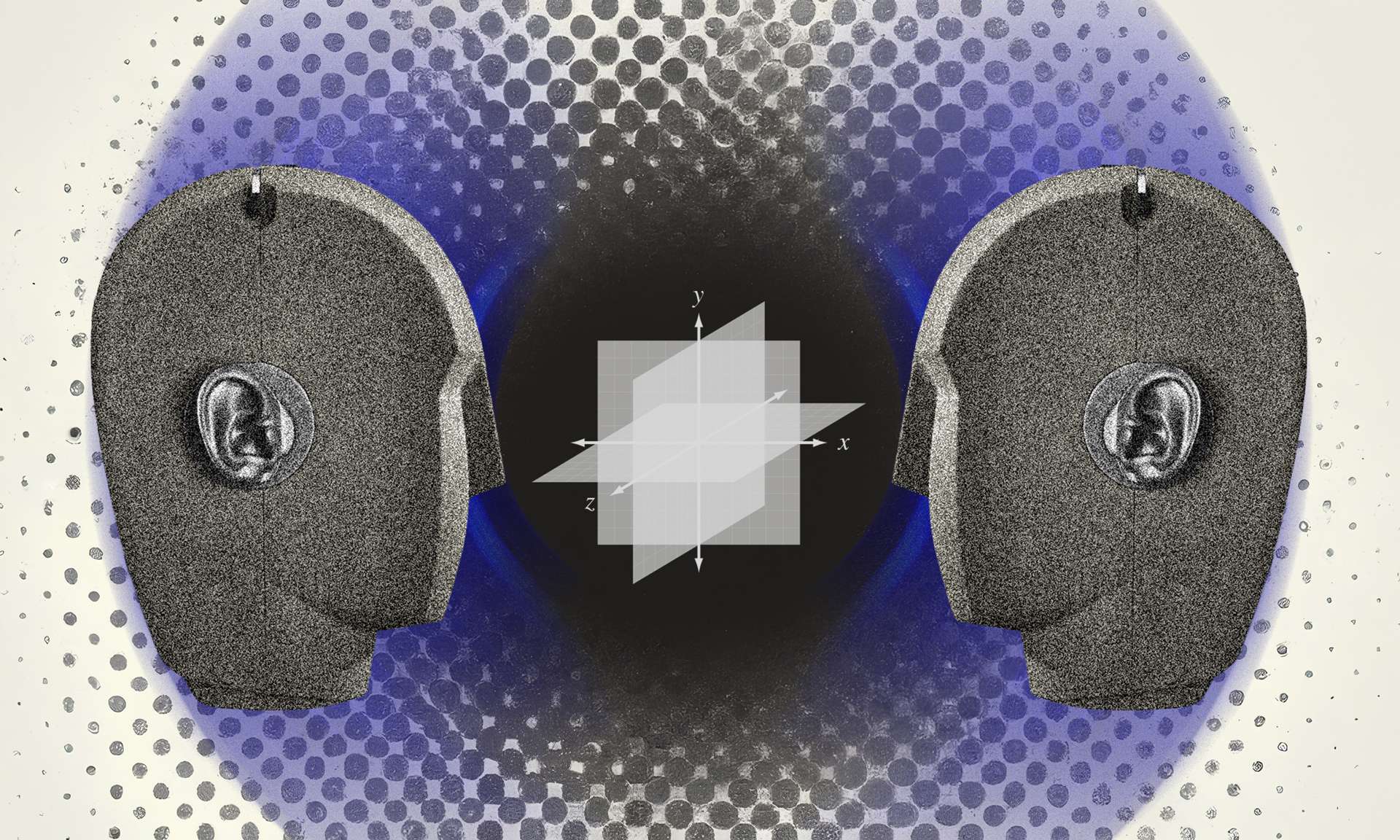[vc_row][vc_column][vc_column_text]Almost all digital audio stations come with audio analysis tools, among which the spectrogram, frequency analysis, vumeter and oscillogram are the most common.
On the other hand, we have the vectorscope.
The vectorscope is an essential analysis tool when we are talking about space and sound. It is a special type of oscilloscope that is used in both audio and video.
This tool provides a graphical representation of the audio signal that allows the user to analyze various parameters such as phase, frequency and amplitude.[/vc_column_text][ld_simple_heading]
Phase Factor
[/ld_simple_heading][vc_column_text]Audio phase is a factor that comes into play whenever two or more signals are combined: the more related these audio signals are, the more relevant the phase will be.
For example, in stereo recording with two microphones, the incoming fundamental frequencies will be the same in each channel; however, since each microphone is in a unique position, the different sound frequencies will enter each microphone at a different time. As a result, the sound waves from each channel will be similar in some respects, but different in others.[/vc_column_text][vc_single_image image=”10719″ alignment=”center” onclick=”custom_link” enable_link=”enable_image_link” link=”url:https%3A%2F%2Fledgernote.com%2Fcolumns%2Fmixing-mastering%2Fphase-cancellation%2F|title:What%20is%20Phase%20Cancellation%3F%20Understand%20%26%20Eliminate%20It%20In%20Your%20Audio|target:%20_blank|”][ld_spacer][vc_column_text]Depending on the phase relationship between the two channels, the different frequencies may be enhanced or diminished until they cancel out completely (what we commonly call phase cancellation) or they may be reversed.
If we can have phase problems with only two microphones, imagine the phase problems between 20 loudspeakers![/vc_column_text][ld_simple_heading]
Vectoroscope types
[/ld_simple_heading][vc_column_text]There are 3 vectorscope formats you can normally choose from within your digital audio workstation or analysis plugins.
The polar sample vectorscope uses dots to plot coordinates on the screen.
Dot patterns that appear within 45-degree lines are signals that are in phase, while patterns that emerge outside these lines are out of phase.[/vc_column_text][vc_single_image image=”10726″ alignment=”center”][vc_column_text]
Vectoroscope Polar Sample
[/vc_column_text][ld_spacer][vc_column_text]The polar level vectorscope, which is very similar to the previous one, only plots figures as rays. Here, the amplitude is represented by the ray length, and the position of the stereo image is represented by the angle of the ray.
This type of vectorscope is very useful to check that the panned signals are balanced with each other.
Sometimes we listen to a mix that feels heavy to one side; and this happens because the disproportionate level of one element attracts too much of the listener’s attention in that direction; a polar level vectorscope can identify this kind of problem in a simpler way.[/vc_column_text][vc_single_image image=”10734″ alignment=”center”][ld_spacer][vc_column_text]
Vectoroscope Polar Level
[/vc_column_text][vc_column_text]Finally, we are left with the Lissajous vectorscope that plots points creating patterns. A vertical pattern indicates that the left and right channels are like each other, while horizontal patterns show that the left and right channels differ from each other.[/vc_column_text][vc_single_image image=”10739″ alignment=”center”][vc_column_text]
Vectoroscope Lissajous
[/vc_column_text][ld_spacer][vc_column_text]Vectorscope plugins usually incorporate a phase meter, which are lines ranging from +1 to -1, the closer the graph is to +1, the more in phase the signal is, while the closer it is to -1, the more out of phase the signal is.[/vc_column_text][ld_spacer][ld_simple_heading]
Vectoroscope in Binaural Audio
[/ld_simple_heading][vc_column_text]In the context of binaural audio, the vectorscope is useful for analyzing the phase differences between the left and right channels of the binaural signal. This is important because the phase differences are what create the spatialization and localization cues that make binaural audio immersive.[/vc_column_text][vc_column_text]The use of a vectorscope in a binaural audio production allows us to monitor the spatial coherence of the audio throughout the production process. By identifying anomalies or phase problems, it allows us to decide on our mix and make the necessary adjustments to improve the audio.
Overall, the advantages of using a vectorscope in a binaural audio production are many. It helps create a more accurate and natural spatial image, improves phase coherence, increases quality control and allows us to make more informed decisions about the audio.[/vc_column_text][vc_separator][vc_column_text]If you are interested in learning more about phase problems, I recommend the following article:
H., J. (2021, 22 agosto). What is Phase Cancellation? Understand & Eliminate It In Your Audio | LN. LedgerNote. https://ledgernote.com/columns/mixing-mastering/phase-cancellation/
[/vc_column_text][/vc_column][/vc_row]



